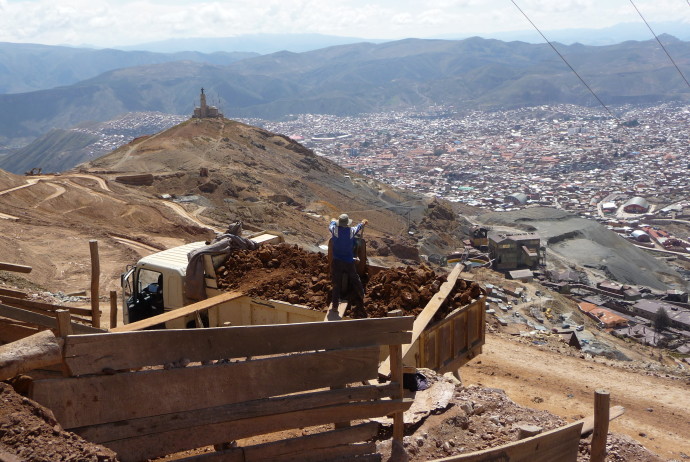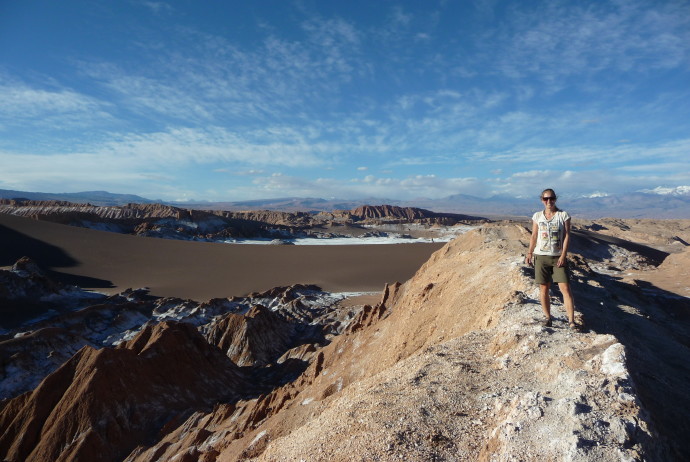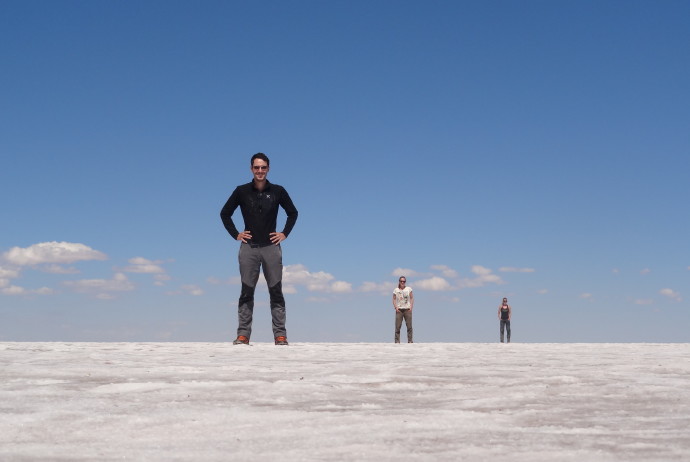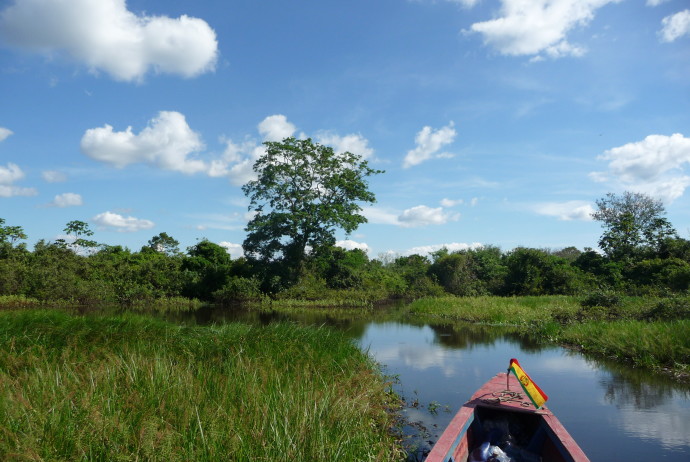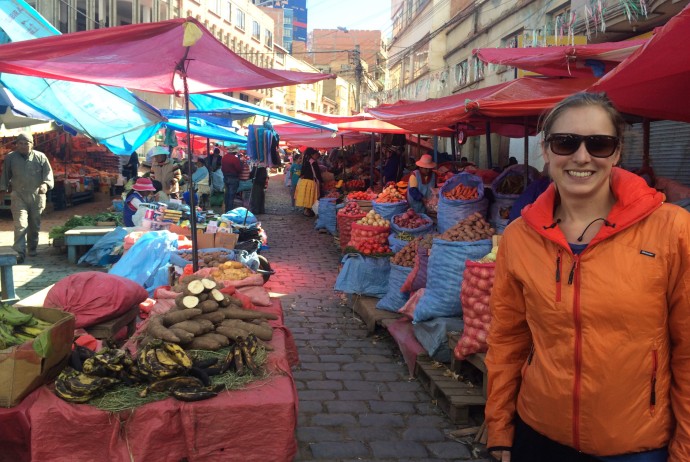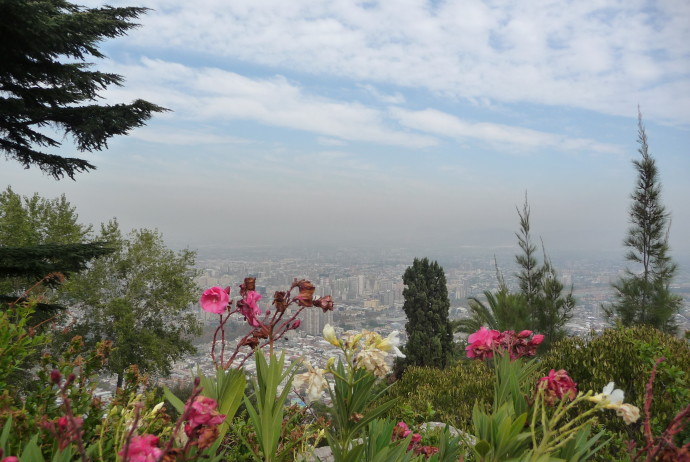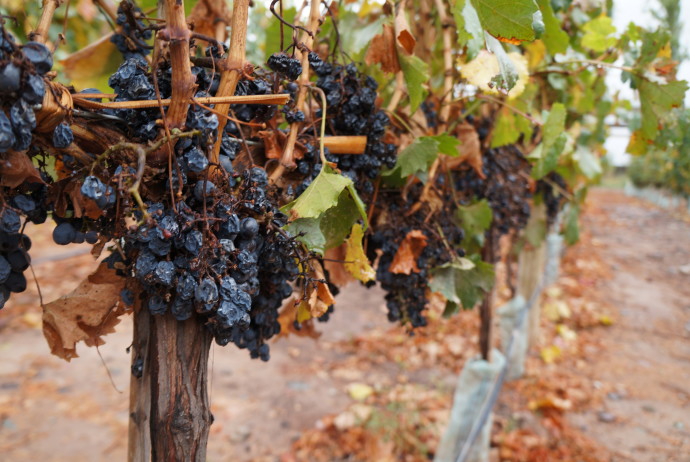…also known as the “Death Road”, and that for decently good reason: The Yungas road to Rurrenabaque is quite famous and was actually well known for years as the world’s most dangerous road. Since 2006, however, the most critical part of the road has been replaced by a newer one, leaving the original route to brave downhill bikers like us. Our ride down the death road started on 4700 m above sea level and took us down through the stunningly beautiful scenery of the Bolivian cloud forest which, by the way, is supposed to be the country’s best coca region. The tour ended after a descend of more than 3000 m of altitude in a town called Coroico. Most people do the death road by bike as a day trip, however, as we felt brave, we pimped this adventure with another one: the bus ride to Rurrenabaque. Thus, after a humongous “lunch-dinner” in Coroico we got on our bus and off we went. If you google this bus ride, you will find that this part of the road is way more scary than the part we did with the bikes. To be fair, only the first few hours were nerve-wrackingly intense as we could actually see how close to the edge we were ALL THE TIME. And the edge usually was facing cliffs of several hundred meters of height. Thus, it felt like a blessing when the sunlight faded and we could not see anymore. And luckily, the ride went smooth, so we eventually arrived at Rurrenabaque’s bus terminal early in the morning. There we hopped on a motorcyle-carried wagon, which took us to the town’s French bakery. There we helped our strained nerves to recover, by feeding them the best pastries we have encountered since setting foot on this continent (we recommend warm apple and chocolate bread!). Strengthened by this hearty breakfast we started our “Pampa” tour. During this three day tour, we were almost eaten alive by the biggest mosquito armies you can imagine. In spite of that, though, we had a blast looking for Caimans, pink dolphins, monkeys, birds, Piranhas and Anacondas. After these “Pampa-days”, we had one night in “Rurre”, before continuing with a two day exploration of the “Selva” (the rain forest) of Madidi National Park. This park constitutes a big part of Bolivia’s chunk of the Amazon’s basin. There, our guide was Erlan, who back in the day, grew up in one of the native communities of the area, where he was sent out to survive in the jungle all by himself at the age of 12 for a couple of days to test his survival skills. Obviously, he had passed the test and now had a blast watching us clumsily trying to make our path through the rain forest, swinging on lianas, climbing over fallen trees and jumping (and slipping) over lake-like puddles. He also taught us lots about the forest: about plants that can provide potable water, about some that can cure illnesses of all kinds and about several others that should be avoided as they can harm and even kill you. He also showed us how to defend ourselves against a jaguar attack, but luckily, he never left us alone in the forest to put our newly gained knowledge to the test. After two days of tip-toeing (that is necessary to not scare off all the animals) through the forest, we got back to Rurrenabaque, where we swung onto mototaxis (motorbike-taxis), which brought us to the most minuscule airport, any of us had ever seen before. However, it functioned efficiently and soon after we were sitting on our plane back to La Paz – enjoying the amazing bird’s eye view of Madidi National Park.
When in Rurrenabaque
Where to sleep: Hostel Ambaibo – the rooms are clean and there is a pool to recharge your energy after the tours.
Where to eat & drink: The French Bakery – chocolate bread made in heaven. Our first and last stop in Rurre.
What to see & do: Do a tour of both – the Pampas and the Selva to discover the region’s fauna and flora most thoroughly.
